
Famous Photographers Pose Behind Their Iconic Images
Unless you’re a photography buff, you probably have no idea what the people behind some of the most famous photos in the world actuall look like. US photographer Tim Mantoani, however, aims to fix all that with his epic “Behind Photographs” series.
It all started in 2006, when Mantoani rented a 20×24 Polaroid camera (itself an extraordinary rarity), which weighs 235 pounds (106kg) and has its own custom wheeled tripod. “The cameras are very unique and render an image of 20×24 images once the film is ‘peeled apart,’” Mantoani told Bored Panda. “Since renting the camera was expensive, I wanted shoot something that was important to myself and I called a couple of photographers that I knew, legendary music shooter, Jim Marshall and sports shooter, Michael Zagaris.“
“The process for both myself and subjects was special and I knew I was onto something, as the viewer could appreciate both the photograph and photographer in a single image,” he told Bored Panda. “I also had each of them write about their photograph on the bottom of the print. From there, I began to approach other photographers, shooting from California to Boston, and over a period of five years recorded over 150 photographers on this format.“
More info: behindphotography.com | mantoani.com | Amazon (h/t: designtaxi, demilked)
Steve McCurry – Girl In Afghanistan

Steve McCurry: Peshawar, Pakistan 1984. I looked for this girl for 17 years and finally found her in 2002. Her name is Sharbat Gula.
Jeff Widener – Beijing 1989
Jeff Widener – Beijing 1989
Harry Benson – The Beatles
Harry Benson: Brian Epstein – Beatles Manager – had just told them they were number one in America – and I was coming with them to New York. 1964
Lyle Owerko – 9/11
Lyle Owerko: No one knew such beautiful warm day would serve as the backdrop to one of the most painful and confusing events to the heart of mankind. This picture is one small part of such a huge event that ties the threads of thousands of stories and millions of people together. Written words will never convey the whole scope of the event, nor summarize the sounds, the smells or even voices that are frozen in my memory bank from that day. I did the best job I could in photographing the 9/11 so that future generations would have the idea of the scope of what happened, to have the evidence how innocence can so easily be snatched away in a razor’s edged moment in time. My hope is that in time the wounds and pain will heal and that wisdom and peace will prevail among the darkness of this event, so that humanity could move forward into a time of grace and understanding.
Marry Ellen Mark – Ringmaster With Elephant
Marry Ellen Mark: I am holding my photograph of Ram Prakash Singh and his beloved elephant Shyama – taken in 1990. Ram Prakash Singh was the ringmaster of “The Great Golden Circus” – this photograph was done in Ahmedabad, India – This was part of my Indian Circus Project. I love India and I love the circus, so photographing eighteen circuses all around India was an incredible experience. Unfortunately Shyama died a few months after this photograph was taken – supposedly, he succumbed to poisoned chapatti – Ram Prakash Singh was heartbroken – me also.
Thomas Mangelsen – Brown bear
Thomas Mangelsen: Brown bear, Brooks Falls Katmai National Park, Alaska. July 1988. I pre-visualized this possibility (of an image like this) from watching documentary films about the bears at Katmai and seeing a photograph in Alaska Air Magazine of a group of bears here at the falls. At the time, I was on a flight to Anchorage working on a documentary film about Sandhill Cranes and had a week between shoots. I phoned the park headquarters from the airport in Achorage and asked about getting a campsite. They said they were all full – except for one site, that was near the bear trail and nobody wanted it. I told them I would take it. I spent a week on a small platform above the falls trying to captures this image. I would go most days before sunrise and stay until dark. During that time I shot 35 rolls of film of pretty much just head + shoulders of bears + sockeye salmon leaping the falls. Six weeks later I opened the yellow box to see this image. It was a nice surprise. I hadn’t known that I got it.
David Doubilet – Circle Of Barracuda
David Doubilet: Circle of Barracuda, New Ireland, Papua New Guinea. The school of chevron barracudas circled the diver three times and pow they were gone into a dark afternoon sea. The oceans of the world have no straight lines; geometry like a perfect circle is a rare thing, but these barracudas will do this as a defense. 70% of our planet is an ocean. It is a place of infinite hidden beauty. It is a place where light behaves in a very different manner. Global warming/ climate change is about water. Coral reefs where I have spent most of my life are very threatened now—not just from rising temperatures but from the change in ocean chemistry = This is a world where my partner Jennifer Hayes and I go into. It is most of our planet. A world without corners that may be gone by the end of the century.
May Pang – John Lennon
May Pang: Summer 1974 Long Island Sound NY. A relaxing time with his son Julian. I called this photo “Family Portrait”
Neil Leifer – Ali vs. Liston
Neil Leifer: Ali vs. Liston – May 25, 1965, Lewiston, Maine
Vincent Laforet – Me And My Human
Vincent Laforet: I’ve been fortunate enough to witness some pretty amazing things in my relatively young career that began twenty years ago. Many were beautiful, others were horrifying; most were important moments in history every event big or small is important. One of the interesting things that I’ve learned through aerial photography is that taking a step backwards (or in this case 1,500 feet up) ironically often forces the view to become much more intimate with the image as they study it in much greater detail, and are forced to let their imagination take over. “Me and my human” Central Park, NYC
Bob Gruen – John Lennon
Bob Gruen: John Lennon asked me to come to his pentouse apt. on the east side of New York to take pictures for the cover of his ‘Walls + Bridges’ album. After we took a series of portraits for the record cover we took some informal shots to use for publicity. I asked him if he still had the New York City t-shirt I had given him a year earlier and he went a put it on and we made this photo.
Elliott Erwitt – Two Dogs With Owner
Elliott Erwitt: The picture I am holding was snapped in 1974 just across the street from my apartment in New York’s Central Park. It has been 38 years since that event and sadly I have lost track of the participants.
Lori Grinker – Mike Tyson
Lori Grinker: Mike Tyson – 1980, age 14. I began a project on young boxers when I was a student. The legendary Cus D’Amato told me Mike would be the next great heavy weight champion, he was right – and I continued on with him for nearly a decade. He was a trouble but sweet kid who veered off the good path he was led to with all that comes with being a celebrity in that world.
Nick Ut – Napalm Attack In Vietnam
Nick Ut: June 8, 1972 Trang Bang Village Kim Phuc 9 year-old girl South Vietnam drop napalm in her village.
Herman Leonard – Jazz Musicians
Herman Leonard: It was early 1948 at the Royal Roost in New York. An afternoon rehearsal gave me a unique opportunity to photograph many giants of jazz with my trusty 4×5 Speed Graphic. What a great career! To do what you love and be entertained at the same time!
Douglas Kirkland – Marilyn Monroe
Douglas Kirkland: This is from my Evening with Marilyn
Carl Fischer – Muhammad Ali
Carl Fischer: Muhammad Ali, New York, 1967
This amazing series is available as a book on Amazon.
296Kviews
Share on FacebookThere are only 3 iconic images: Steve McCurry – Girl In Afghanistan; Jeff Widener – Beijing 1989; Nick Ut – Napalm Attack In Vietnam
Also Viki an iconic image is an image that speaks or has a resounding impact on a multitude of people. Not personal preference of one person
Load More Replies...There are only 3 iconic images: Steve McCurry – Girl In Afghanistan; Jeff Widener – Beijing 1989; Nick Ut – Napalm Attack In Vietnam
Also Viki an iconic image is an image that speaks or has a resounding impact on a multitude of people. Not personal preference of one person
Load More Replies...
 Dark Mode
Dark Mode 

 No fees, cancel anytime
No fees, cancel anytime 






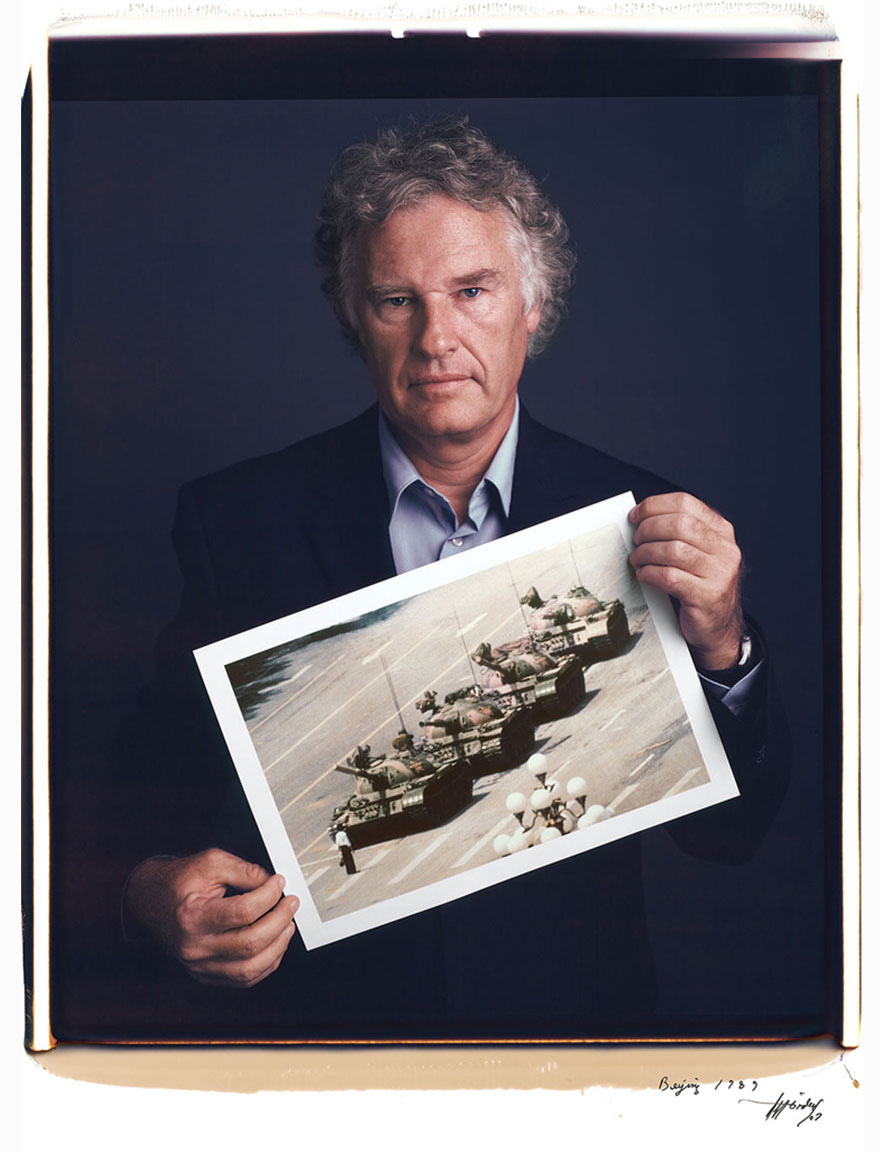


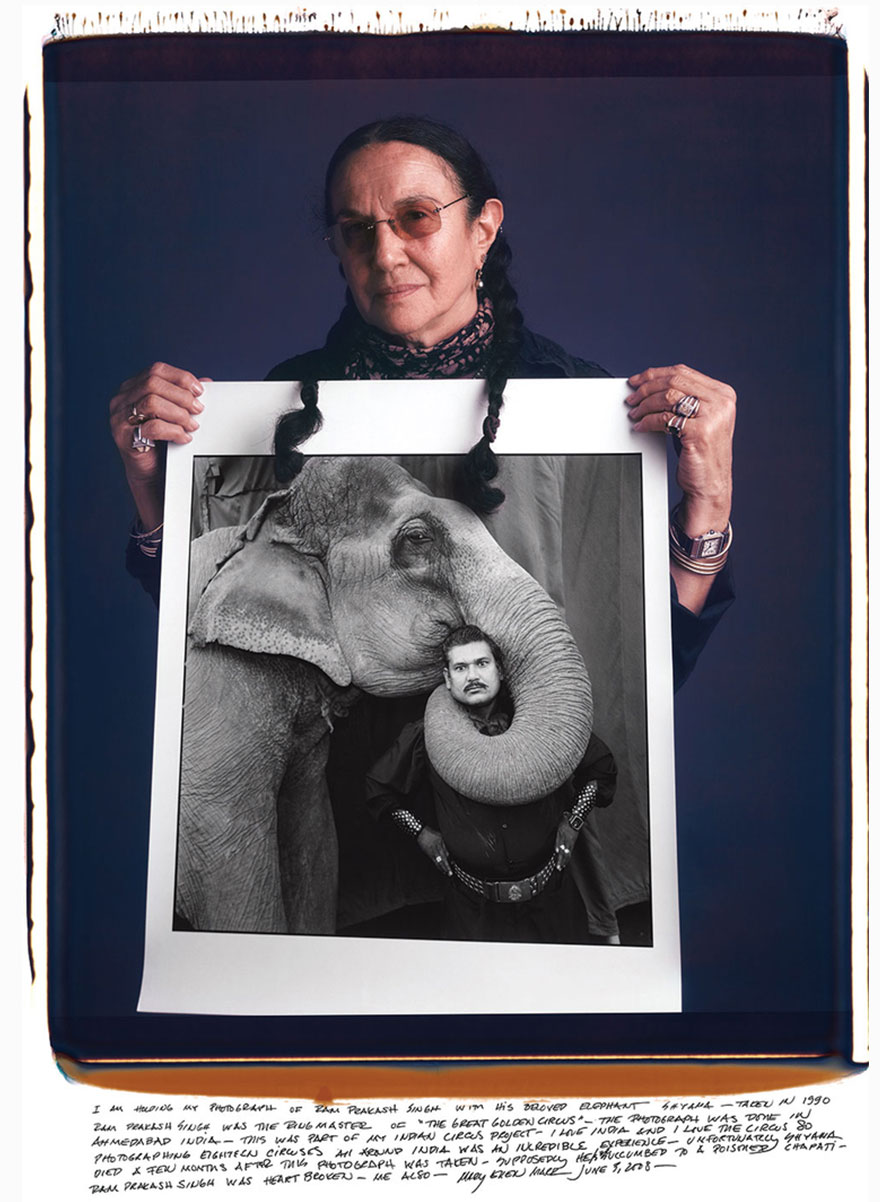

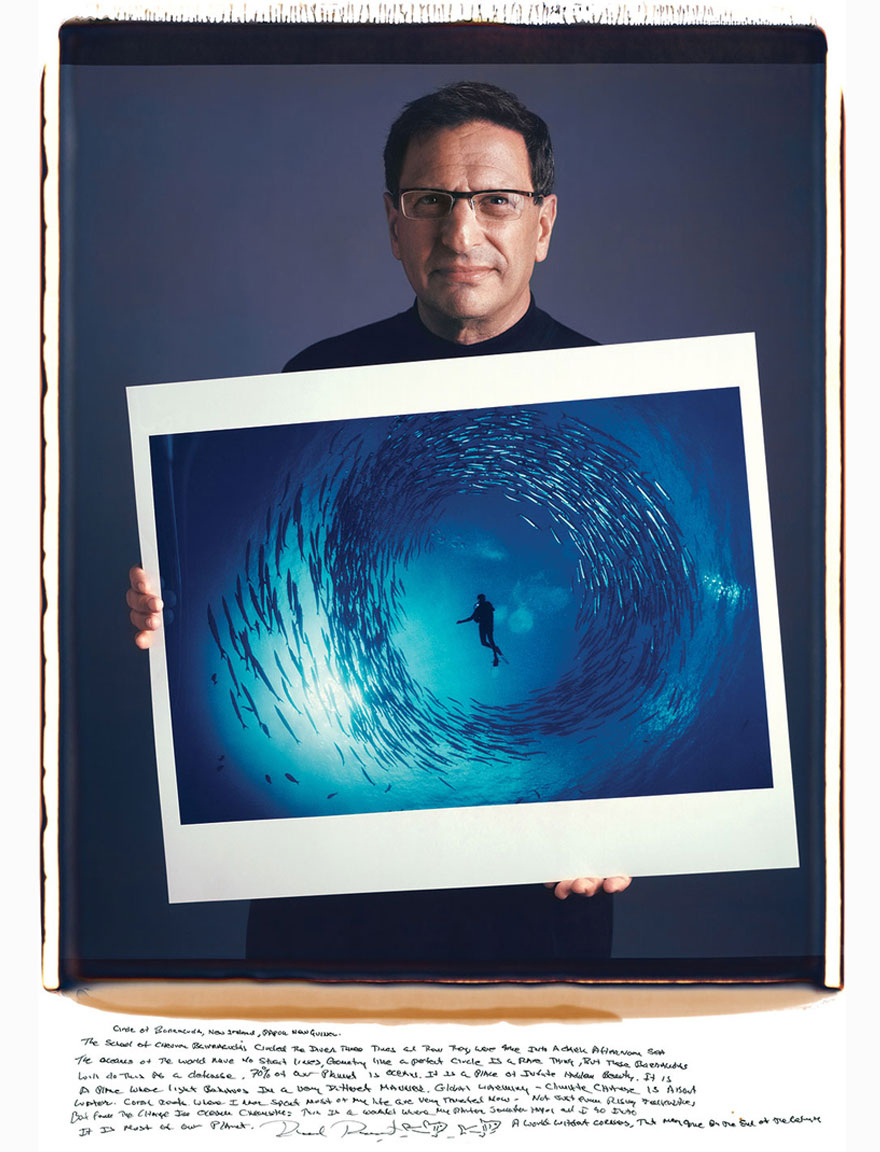

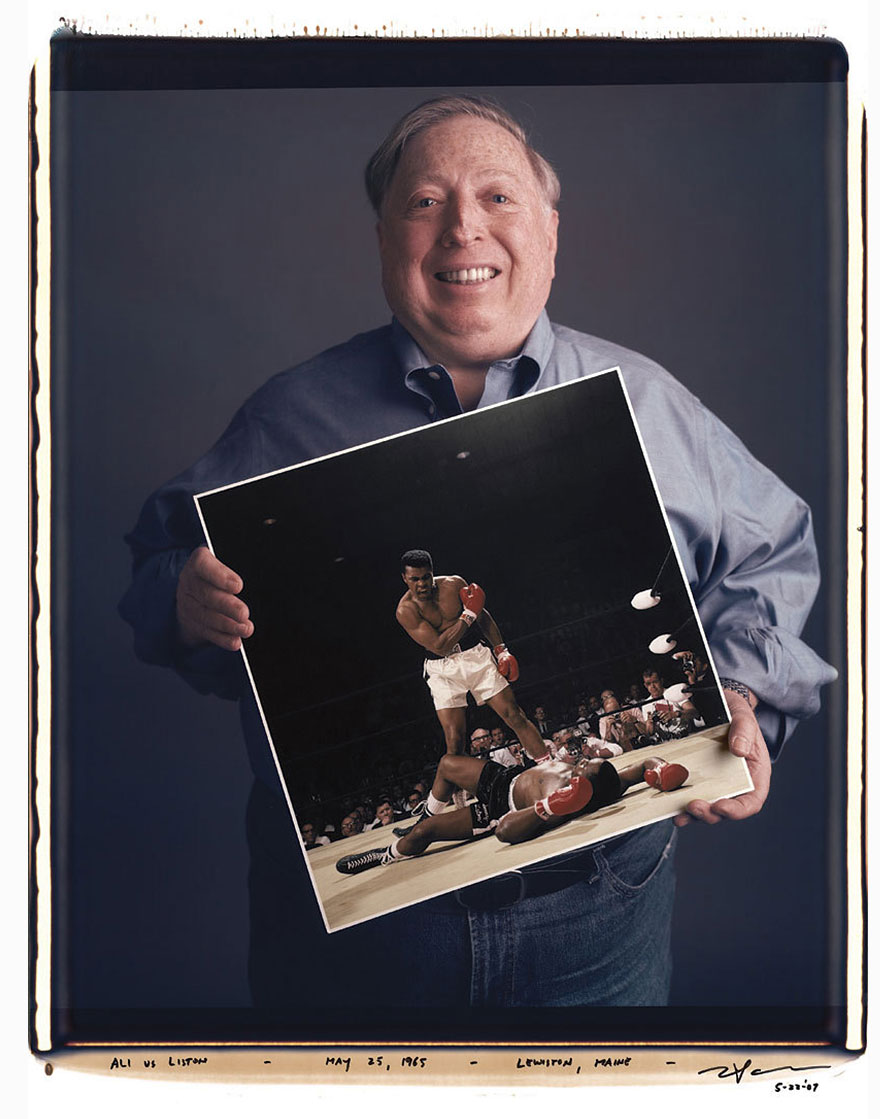
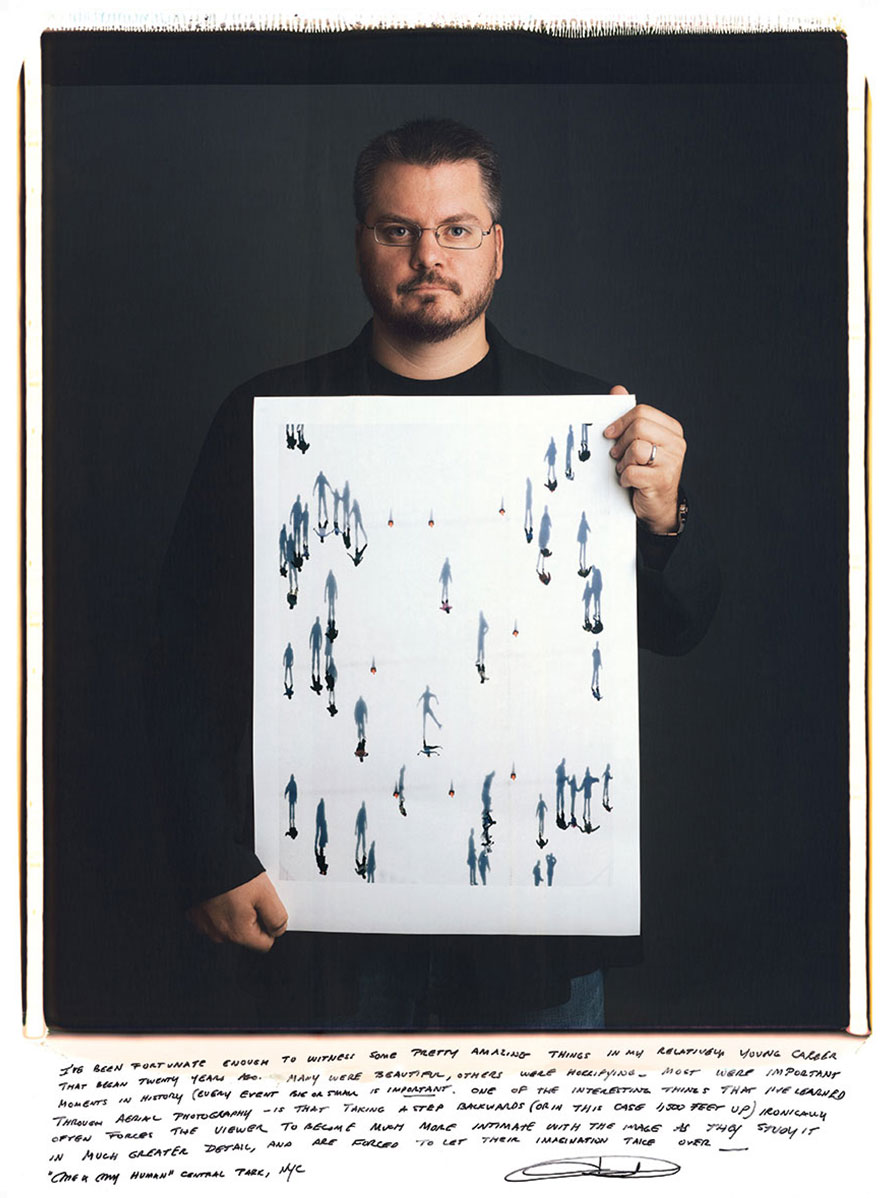



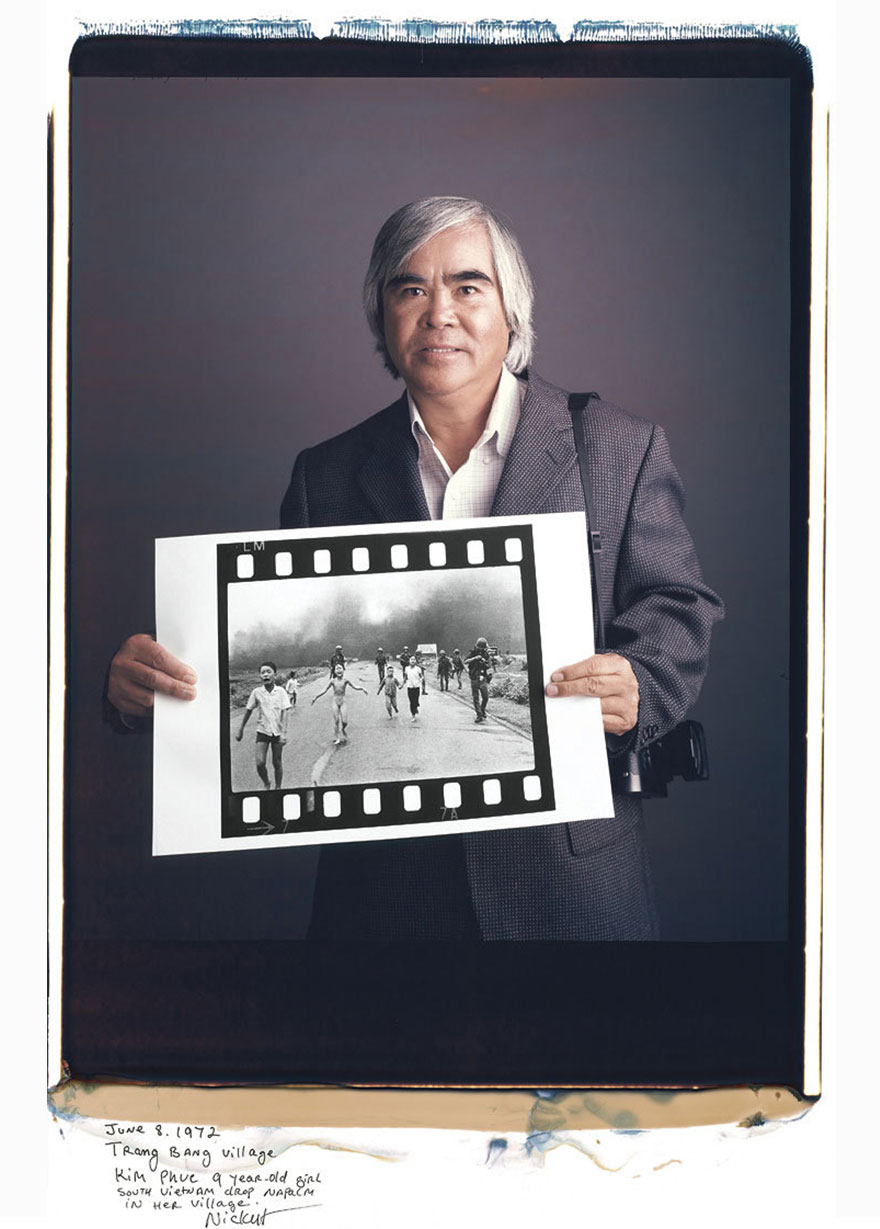

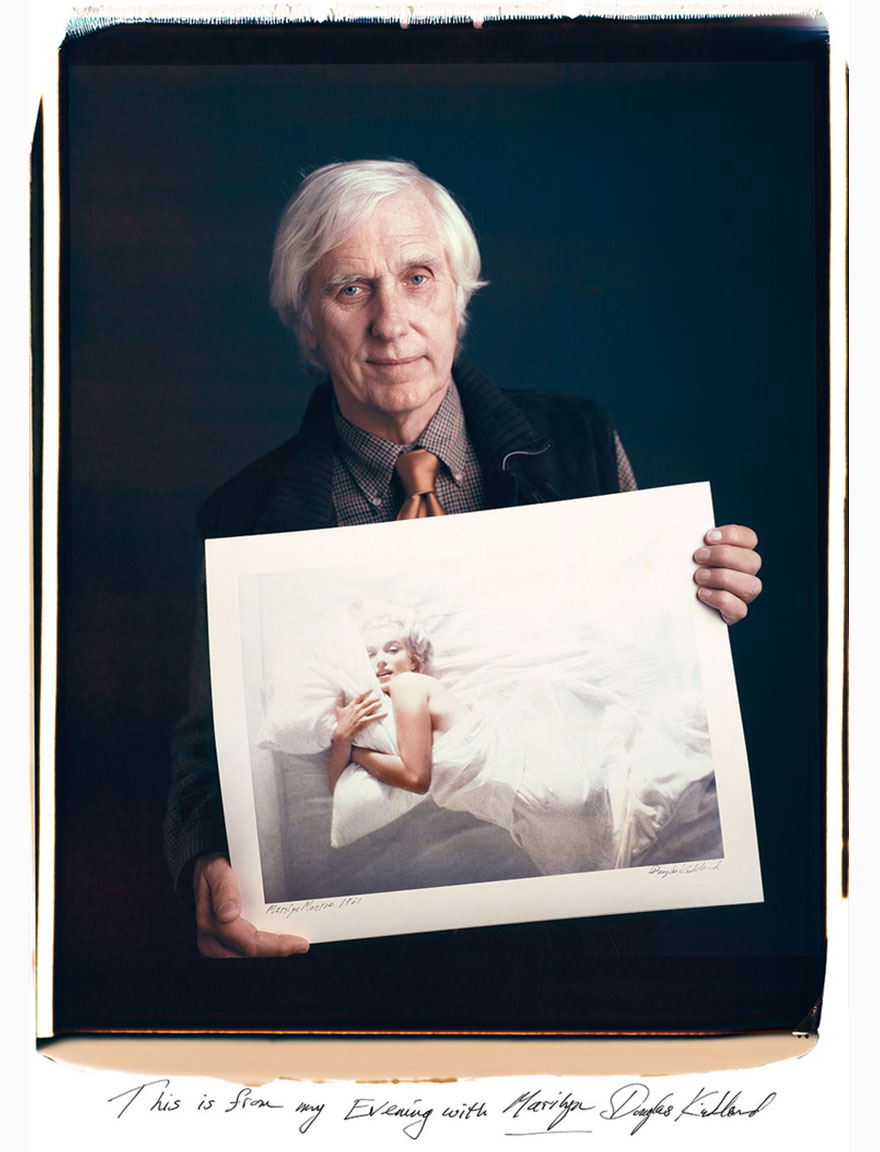
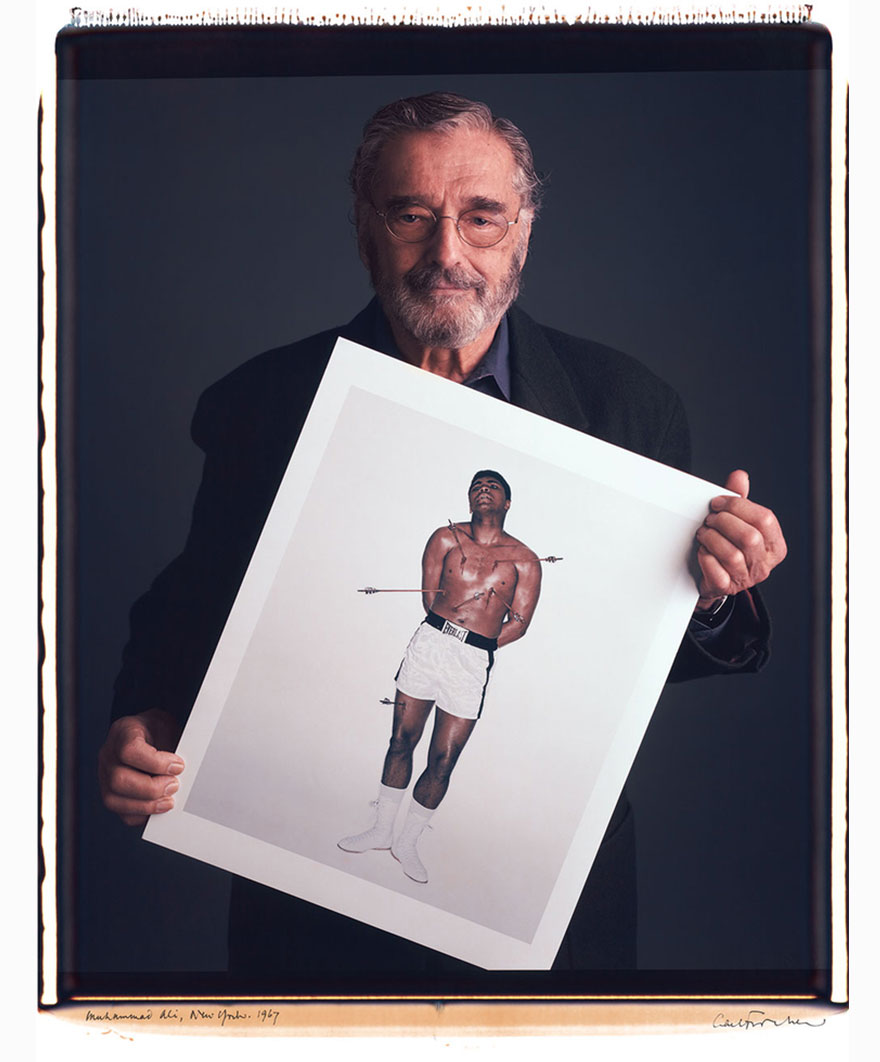











































177
34